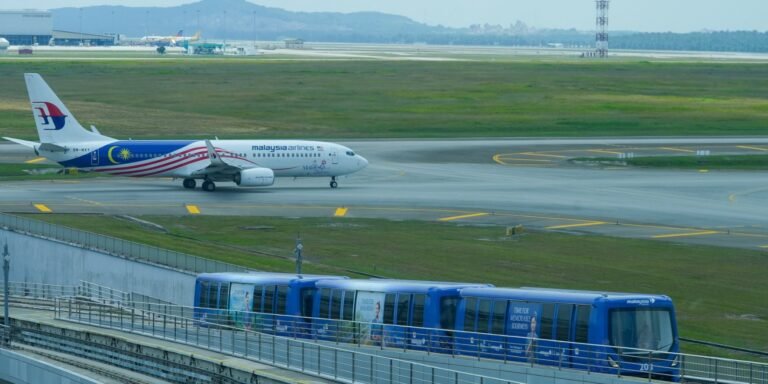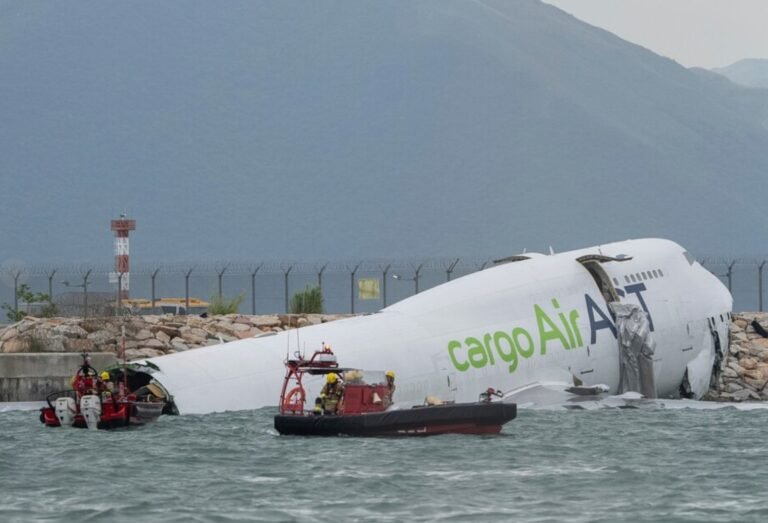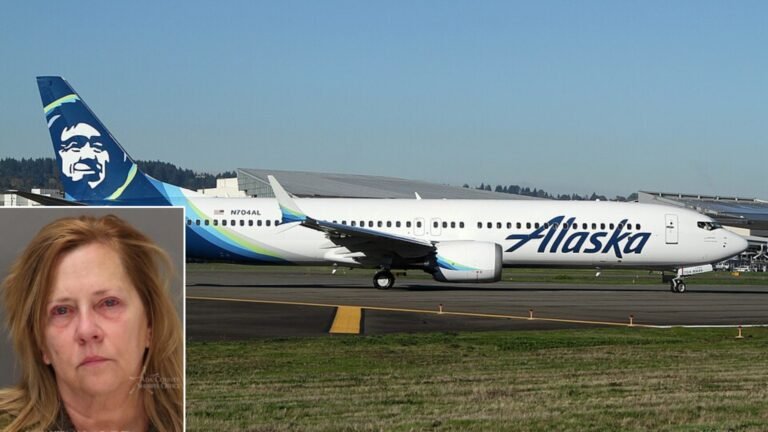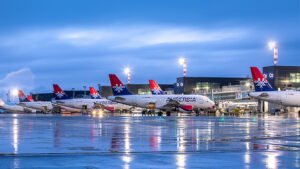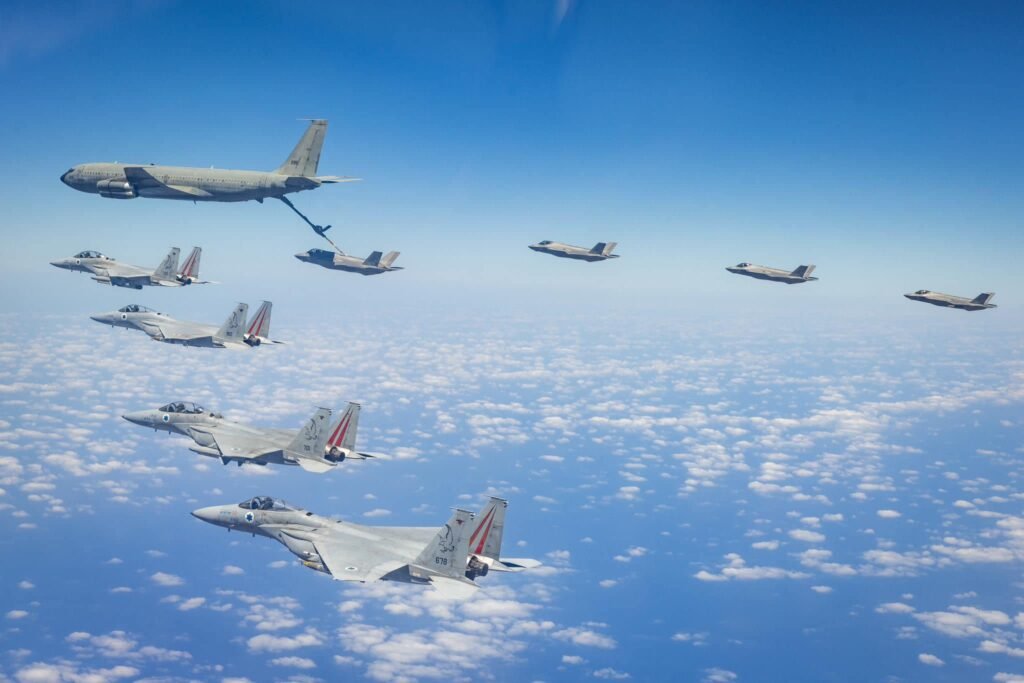
The escalation of hostilities in the Middle East, following military action involving the United States and Israel against Iranian targets, has sent ripples through the international aviation sector. With large swathes of airspace now declared unsafe or restricted, several major international carriers have been forced to reroute or suspend operations across key transit corridors.
Airspace Closures Impact Global Routes
The Federal Aviation Administration (FAA), the European Union Aviation Safety Agency (EASA), and multiple regional regulators have issued advisories against flying over Iran, Iraq, Syria, and parts of Israel. The Civil Aviation Authority of the United Kingdom has further restricted operations near Lebanon and Jordan.
The immediate result has been a surge in flight cancellations and diversions. Carriers such as British Airways, Lufthansa, KLM, Air France, Emirates, United Airlines, Singapore Airlines, and Air Canada have implemented rerouting measures, primarily over Saudi Arabia and Turkey, to avoid high-risk zones. These diversions have resulted in longer flight durations, increased fuel consumption, and knock-on effects on crew scheduling.
Surge in Operational Costs and Delays
Flight time extensions of up to 90 minutes on Asia–Europe and India–US routes are now common. This has placed additional pressure on fleet availability and turnaround planning. Airlines report elevated costs associated with fuel, landing permits, alternate routing, and air navigation charges. While many carriers continue to operate, delays have become more frequent and passenger itineraries increasingly unpredictable.
Air India, for instance, has reportedly revised contingency budgets to absorb the increased operating expenses. A senior airline official, speaking to Indian media under condition of anonymity, described the financial impact as “significant” and “ongoing as long as overflight restrictions persist.”
Heightened Safety Threats and Pilot Authority
In addition to airspace restrictions, the conflict zone poses security risks from potential missile activity, UAV incursions, and GPS interference. Several aircraft have already reported signal spoofing and jamming incidents while operating near affected regions. These occurrences have prompted advisories for pilots to exercise heightened situational awareness.
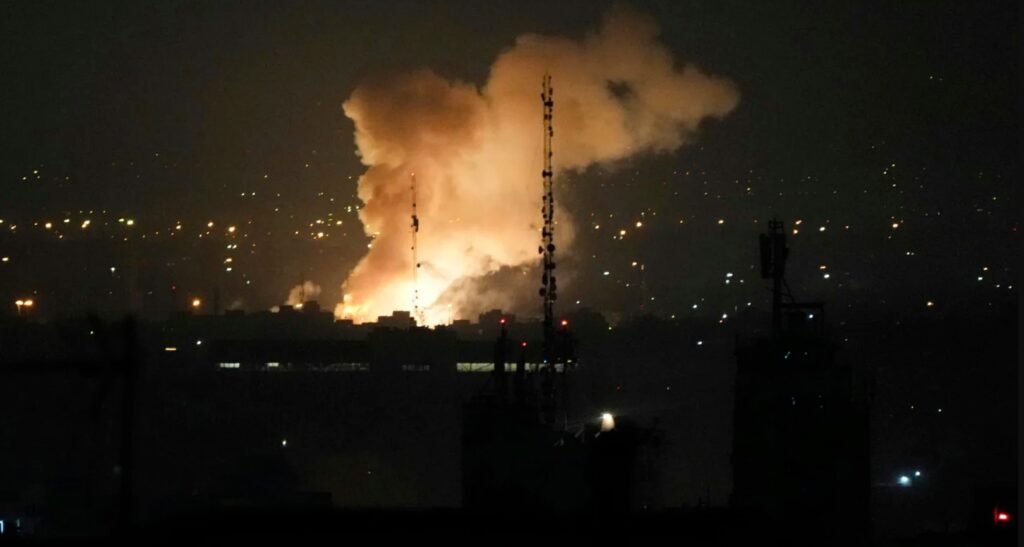
Under International Civil Aviation Organization (ICAO) regulations, pilots retain the right to refuse routes deemed unsafe. Multiple union bodies across Europe and North America have issued internal safety memos reminding flight crews of this discretion.
Insurance and War-Risk Premiums Increase
The aviation insurance sector is also reacting to the volatile security situation. War-risk insurance premiums have surged in response to the deteriorating threat environment. Lloyd’s of London and other leading underwriters have revised risk assessment models for flights transiting over conflict zones.
Airlines flying into high-risk regions are now required to submit additional risk mitigation documentation to retain coverage. Some insurance providers have temporarily suspended coverage for specific flight paths until further clarity emerges on the safety of operations.
Broader Operational and Industry Impacts
The disruptions are not limited to passenger carriers. Air cargo operations, especially those routing via the Persian Gulf and West Asia, have faced constraints. Logistics firms have been instructed to anticipate shipment delays and increased transit charges.

Aircraft manufacturers are also monitoring the situation closely, especially as rising geopolitical instability adds pressure to global aviation supply chains already strained by the ongoing Ukraine conflict and export sanctions on key aviation components.
As tensions continue to escalate, aviation authorities and commercial operators remain in close coordination to evaluate safety risks in real time. The International Air Transport Association (IATA) has emphasized the importance of data sharing, conflict zone mapping, and maintaining the highest safety standards for flight operations worldwide. A long-term resolution will likely hinge on diplomatic developments in the region.





